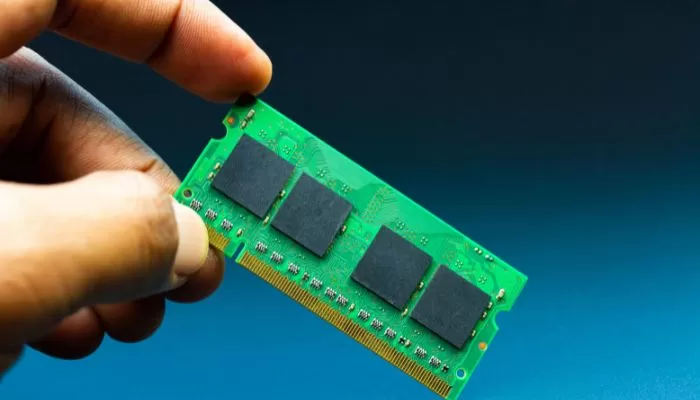Volatile memory, also known as RAM (Random Access Memory), comes in various forms and types, each with its unique characteristics and applications. When it comes to data processing, speed is of the essence. Whether you’re using a computer, a smartphone, or any other electronic device, you want your data to be accessed and manipulated quickly. This is where volatile memory comes into play.
What is Volatile Memory?
Volatile memory, also known as temporary or working memory, is a type of computer storage that is used to store data temporarily while a program is running. Unlike non-volatile memory, which retains data even when the power is turned off, volatile memory requires a constant power supply to maintain its stored information.
One of the key characteristics of volatile memory is its high-speed data access. This is because volatile memory is made up of semiconductor-based components, such as dynamic random-access memory (DRAM) or static random-access memory (SRAM). These components allow for fast read and write operations, making volatile memory ideal for tasks that require rapid data processing.
Another important aspect of volatile memory is its volatile nature. As mentioned earlier, volatile memory loses its stored data when the power is turned off. This may seem like a disadvantage at first, but it actually serves a purpose. By clearing the memory when the power is off, volatile memory ensures that the system starts with a clean slate every time it is powered on. This is crucial for maintaining system stability and preventing data corruption.
Why do computers have volatile memory?
Volatile memory is commonly used in various computing devices, including computers, smartphones, gaming consoles, and servers. It is typically used for storing the operating system, running applications, and caching frequently accessed data. Its high-speed data access and volatile nature make it an essential component for efficient data processing.
There are different types of volatile memory, each with its own advantages and disadvantages. DRAM, for example, is widely used in computers due to its high density and cost-effectiveness. SRAM, on the other hand, is faster and more reliable but is also more expensive. The choice of volatile memory depends on factors such as the intended use, budget, and performance requirements.
Volatile vs. Non-Volatile Memory
It’s important to differentiate between volatile and non-volatile memory. While volatile memory loses its data when the power is cut off, non-volatile memory retains data even when the computer is turned off. Non-volatile memory is typically used for long-term storage, while volatile memory is for short-term, high-speed data access.
Examples of Volatile Memory
- Dynamic Random Access Memory (DRAM):
- DRAM is one of the most common types of volatile memory. It is used in a wide range of computing devices, from desktop computers to laptops and servers.
- DRAM is known for its relatively lower cost compared to other types of memory and its ability to provide high-speed data access.
- It is used for main memory in computers, where it temporarily stores data and instructions that the CPU actively uses during operations.
- Static Random Access Memory (SRAM):
- SRAM is another type of volatile memory that is faster and more expensive than DRAM.
- It is often used in cache memory, which stores frequently accessed data to provide even quicker access for the CPU.
- SRAM is known for its stability and resistance to data loss, making it suitable for applications where speed and reliability are critical.
- Synchronous Dynamic Random Access Memory (SDRAM):
- SDRAM is a type of DRAM that synchronizes data transfers with the computer’s clock speed.
- It is commonly used in personal computers and workstations and offers improved performance over traditional DRAM.
- Double Data Rate (DDR) SDRAM:
- DDR SDRAM is an enhanced version of SDRAM and offers even faster data transfer rates.
- It is widely used in modern computers, providing the necessary speed for handling demanding tasks, such as gaming and video editing.
volatile memory plays a crucial role in high-speed data processing. Its fast read and write operations make it ideal for tasks that require quick access to data. While it may lose its stored information when the power is turned off, this volatile nature ensures system stability and prevents data corruption. Understanding volatile memory is essential for anyone working with computers or electronic devices, as it is a fundamental component of efficient data processing.

